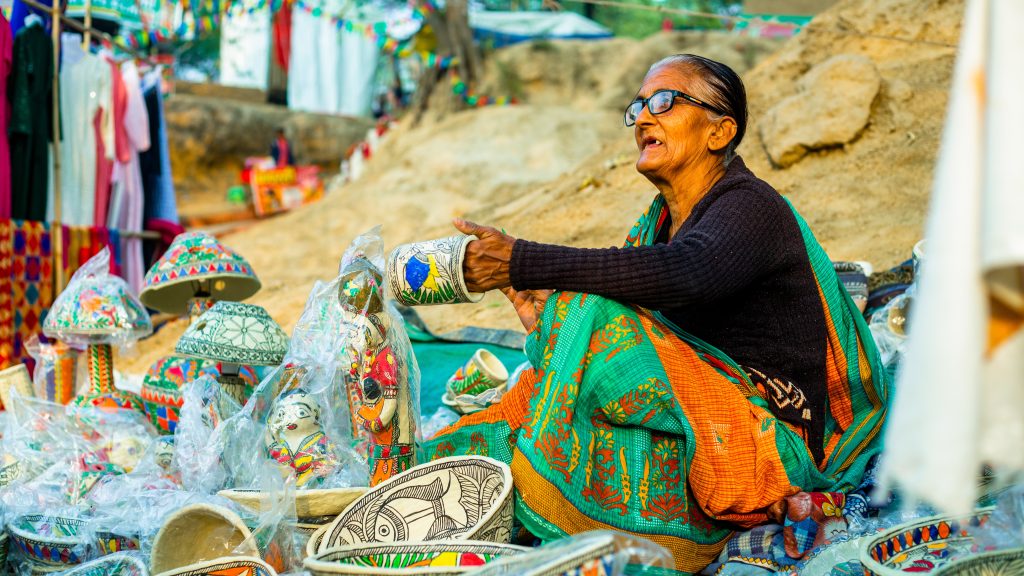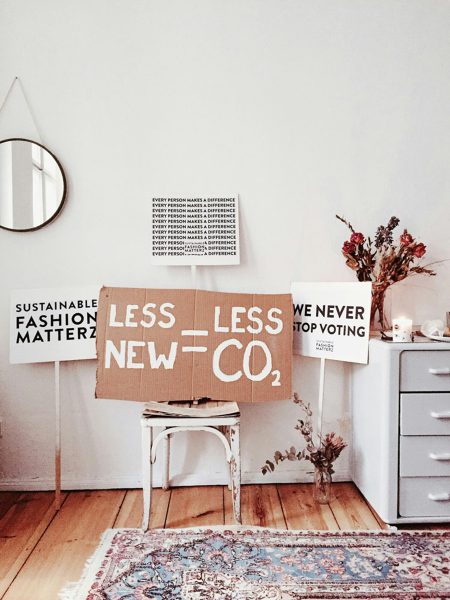
Choosing a career in Sustainable Fashion Education: In the dynamic realm of fashion, stability lies at the core, paving the way for continuous fashion education to reshape the industry’s norms. This educational framework fosters a comprehensive understanding of mutual interaction between design choices and the environment, while promoting responsible practices amidst a backdrop of evolving trends.
Through an extensive curriculum, students delve deep into various facets, each addressing specific dimensions of sustainability. From reducing environmental impact to enhancing ethical responsibility, sustainable fashion education equips designers with tools to tread on a path of duty-bound excellence within impactful industries.
Mitigating Environmental Impact
Sustained fashion education sheds light on the pivotal role of designers in curbing the environmental repercussions of their creations. By educating students on environmental markers throughout material sourcing, production processes, and disposal methods, the industry can veer towards a more sustainable future.
Informed decision-making in this transformation includes prioritizing environmentally friendly options, contributing to collective efforts aimed at reducing the overall environmental footprint of the fashion industry.
Emphasis on Resource Conservation
At the core of sustainable design education lies a commitment to responsible resource management. Students scrutinize the entire lifecycle of fashion products, encouraging practices that minimize waste, promote recycling, and conserve resources. Understanding the broad implications of design choices empowers future designers to play a significant role in advancing a more sustainable and resource-conscious fashion industry.
Climate Change Mitigation Strategies
Continuous fashion education incorporates strategies addressing climate change by integrating innovative materials and energy-efficient technologies into design. It not only aligns with global sustainability goals but also represents a strategic commitment to reducing the industry’s carbon footprint.
By supporting innovation and environmentally-friendly practices, designers can contribute meaningfully to collective efforts aimed at alleviating the environmental impact of the fashion industry.
Integration of Ethical Responsibility
Beyond aesthetics and functionality, sustainable design education fosters a sense of ethical responsibility among designers. Students critically examine the social and environmental implications embedded in their preferences, fostering a mindset that acknowledges the interconnectedness of design, society, and the planet.
Through this lens, designers become advocates for positive change, endorsing practices that prioritize the well-being of both people and the environment.
Focus on Long-Term Viability
Sustained design education underscores the importance of creating enduring solutions amidst the prevalent culture of fast fashion. Prioritizing longevity in products diminishes the need for frequent replacements, thereby distancing from disposable consumerism.
This emphasis on long-term viability aligns with sustainability goals, promoting designs that stand the test of time and encouraging consumers to opt for conscious and sustainable choices.
Economic and Social Benefits
In addition to environmental and ethical considerations, sustainable design practices offer economic and social advantages. By promoting responsible consumption and waste reduction, these practices become cost-saving measures for both consumers and businesses. This shift towards sustainability contributes to the development of more flexible and equitable economic models, fostering widespread adoption of informed choices beneficial to society at large.
Mehul Jain, Co-founder, Pareha highlights how sustainable fashion education is shaping the industry in India,
One of the main reasons why sustainable fashion education is so important in India is because the country is one of the largest producers of textiles in the world. The fashion industry in India has a huge impact on the environment, from the production of fabrics to the disposal of clothing. By teaching young designers about sustainable practices, we can help reduce the industry’s carbon footprint and promote a more responsible approach to fashion production.
I believe sustainable fashion education can help to preserve India’s rich heritage of traditional textile techniques. By educating students about the risk of fast fashion and encouraging them to incorporate traditional techniques into their designs, we can help ensure that these skills are passed down to future generations.
Furthermore, sustainable fashion education can also have a positive impact on the livelihoods of artisans and craftspeople in India. By teaching designers about the value of ethically sourced materials and fair-trade practices, we can help create a more sustainable and equitable supply chain that benefits everyone involved in the production process.
As the co-founder of an ethnic fashion brand, I am committed to promoting sustainable practices in my own business. I strive to use eco-friendly materials, support traditional crafts, and minimize waste wherever possible. However, I know that real change must come from the collective efforts of the entire industry. By investing in sustainable fashion education, we can inspire a new generation of designers to prioritize environmental and social responsibility in their work. I am encouraged by the growing interest in sustainable fashion education in India and believe that it has the potential to truly reshape the industry for the better.
Hence, continuous fashion education becomes an inspiring catalyst for positive change, steering the industry towards a more responsible and sustainable future.



